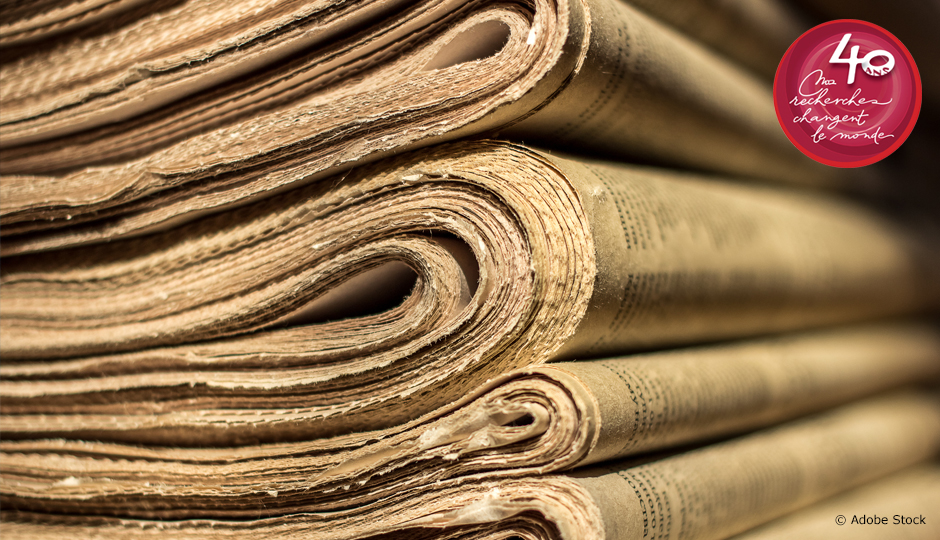Between 1970 and 1985, Québec experienced a surprising cultural phenomenon: while the embers of the Quiet Revolution were still glowing, tradition was making a strong comeback in culture and social discourse.
Heritage was suddenly embodied in the complete and undifferentiated recovery of objects and works from the past.
Jonathan Livernois, a professor and researcher specializing in 19th and 20th century Québec literary and intellectual history in the Department of Literature, Theatre and Cinema at Université Laval, has examined the traces of this in special issues of journals, dictionaries of literature and newspaper articles of the time. Figures from the past like Maurice Duplessis and Lionel Groulx began to resurface after being set aside during the Quiet Revolution. Suddenly, essayists and journalists were discussing their good points. A great many 19th-century works were republished.
What can explain this comeback? Livernois believes that it arose from a redefinition of the idea of heritage both in Québec and in France. Previously limited to a small range of elements from the past considered to be important—such as castles and major literary works—, heritage was suddenly embodied in the complete and undifferentiated recovery of objects and works from the past.
This new “heritage regime” could be felt in several spheres of Québec society, especially literature and politics. At the time, many Quebecers were questioning whether certain aspects of the past were worth preserving and were seeking the central threads of their history.
This return to tradition shows that, even before the end of the Quiet Revolution, there was already a tendency in Québec to want to take stock of the past. The concept of heritage regime allows us to refine our interpretation of this period of our history and to better understand it.




